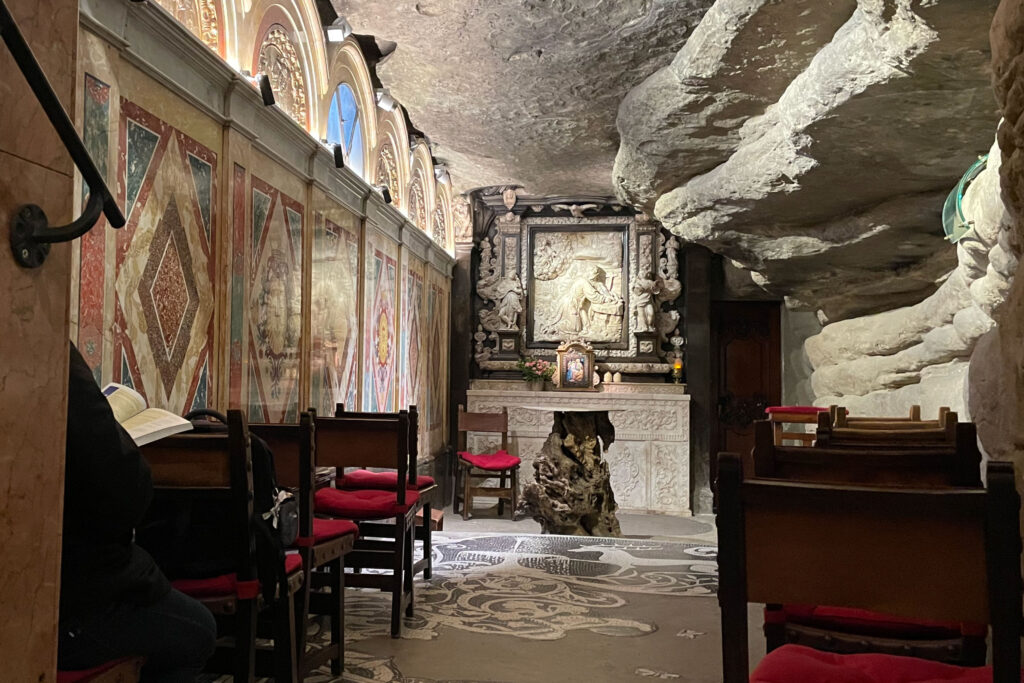
“How do fish get their mail?”
I confess: That’s a question I’ve spent very little time with and, in fact, had never even considered until my daughter raised it on the beach during a recent trip to Florida. We were collecting shells.
“I don’t know,” I replied, flipping a shell between my fingers. “I’m not sure they have mail to send. Probably just word of mouth, you know?”
She nodded, considering. Then: “Look! A unicorn horn shell!”
She crouched down, thrust her small hand into the sand and held up her prize in the bright Florida sun: a spiral shell – not without a few holes and cracks, but certainly reminiscent of a unicorn horn.
“That’s pretty cool,” I said. “How about this one?”
I held out the shell I’d been playing with, a perfect fan shape with these little carvings and indentations along the edges. It was a cream color and pretty cool, I thought. Definitely worthy of a few bucks at a gift shop.
But all it got me was a four-year-old shrug. “Let’s keep looking.”
I rolled my eyes, and we trudged on, crunching over piles and piles of shells, washed up on the shoreline, the warm ocean water occasionally submerging our bare feet.
I’m always struck by the enormity of the ocean: the mystery and depth and darkness. We see so little of it – at least, those of us who aren’t divers or boat captains or oceanographers or high seas pirates – and its easy, at times, to forget how much we don’t know, don’t see, don’t understand.
I mean, I don’t even know how fish get their mail! But I assume the infrastructure must be inspired.
Those shells that we collect along the shoreline are glimpses into the unknown, a world we can only imagine. And as I run my thumb over the smooth or cracked or bumpy surface of one shell after another, I wonder: What happened?
How did this break? How far did it travel? What lived in it? How long has it been sitting here on this particular shoreline?
You can guess where I’m going with this, right? We’re liked those shells on the shore: Some of us broken, cracked, chipped or bruised. Some of us buried under countless others. Some of us having traveled a long way or having sat in the heat of the sun for a long time. Some of us seemingly perfect, beautiful and yet unable to catch the eye of any passerby.
Sure – I think that’s a fair comparison, and a helpful one. But I’m still struck by the depth and wonder and mystery of the ocean and the fact that each of those shells made its own journey therein to wind up under my bare and bleeding feet. It’s something marvelous to behold, no, the vastness of the ocean?
Too often, though, we fail to marvel – we fail to stand in wonder and awe – at the oceanic journey of our fellow human beings. We only see them as broken or chipped or perfect or left out in the sun. We only see them in that one solitary place: in a heap on the shoreline.
But we humans are pilgrims; we’re travelers. We’re on a journey from God, to God and through God’s creation. We have a before, during and after.
Just like those piles of eclectic shells.
Do fish get mail? Probably not. But the sheer magnitude of any sort of hypothetical underwater postal service is enormous, ferrying packages and postcards from sunken ships to coral reefs. Imagine it, just for a moment.
That’s the journey of our heroic shells, right? The cracked ones, the perfect ones, the ones shaped like a unicorn horn.
And now, what if we beheld one another with the same curiosity, that same awe and wonder, that same good humor? Instead of judging one another’s cracked edges, would we marvel at the life stories that have earned us those cracks? The journey that has brought us to this moment?
We can’t all be unicorn horn shells, catching the eye of a particular four-year-old girl. And that’s okay. I only have so much room in my house for this burgeoning seashell collection.
But we can all remember that we’re more than the cracked and broken shells on the seashore. We marvel at the depths of the ocean; we marvel at the depths of one another.
And in so doing, we inevitably encounter God.


